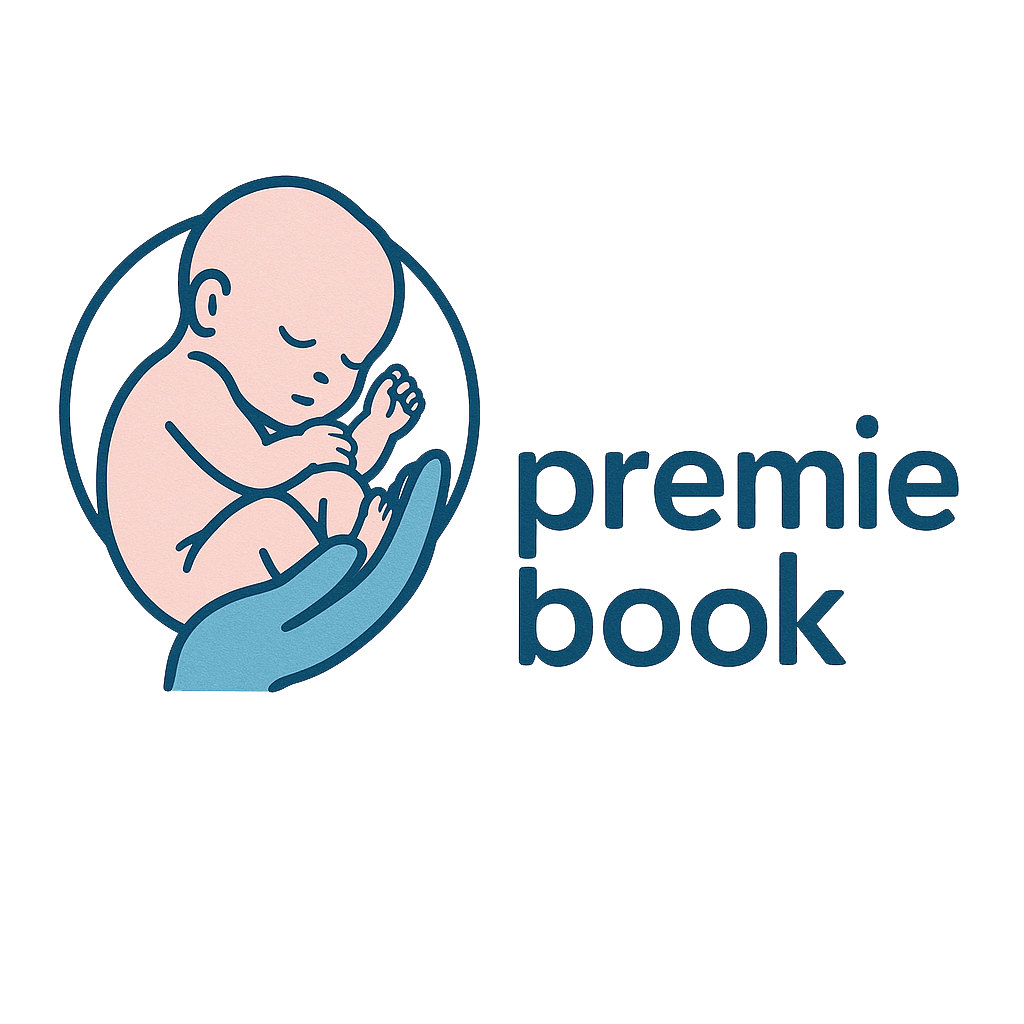Key Steel Wind Tower Market trends include the growing emphasis on offshore wind infrastructure due to its potential for higher energy yields and lower land use. Additionally, advancements in wind turbine tower fabrication techniques are leading to lighter and more durable structures. The trend towards integrating smart technology in wind farms is also emerging, enhancing operational efficiency and monitoring capabilities. These trends are expected to shape the future of the steel wind tower market significantly.
The Steel Wind Tower Market is gaining substantial momentum as global energy systems shift toward renewable sources. Steel wind towers form the backbone of wind turbines, supporting nacelles and blades while withstanding extreme environmental conditions. Their durability, cost-effectiveness, and recyclability make them the preferred choice in the wind energy sector. With increasing investments in clean energy projects and government initiatives promoting sustainable power generation, the steel wind tower market is projected to experience significant growth in the coming decade.
Market Overview and Growth Drivers
The growing demand for renewable energy is the primary factor driving the expansion of the steel wind tower market. Governments worldwide are focusing on reducing carbon emissions and achieving net-zero energy targets, leading to massive investments in wind farms. Steel towers are essential components that ensure the structural integrity and efficiency of turbines. The rise in offshore and onshore wind projects, coupled with advancements in tower design and materials, is propelling the market forward. Additionally, innovations in fabrication processes and modular tower designs are reducing manufacturing costs and installation time, further supporting market growth.
Technological Innovations and Design Advancements
Modern wind tower technology has evolved significantly, focusing on greater height, strength, and sustainability. Taller towers enable access to stronger wind currents, increasing energy output and efficiency. Manufacturers are now incorporating high-grade steel and automated welding processes to enhance structural performance. Moreover, modular and hybrid designs, combining steel and concrete sections, are becoming more common for large-scale projects. These advancements not only improve load-bearing capacity but also make transportation and assembly more efficient, contributing to overall cost savings in wind energy installations.
Regional Insights
The Asia-Pacific region dominates the global steel wind tower market, led by China and India, where governments are aggressively expanding renewable energy capacities. Europe remains a strong player due to its focus on offshore wind projects and stringent environmental targets. North America is witnessing steady growth with supportive policies and private investment in clean energy infrastructure. Meanwhile, countries in Latin America and Africa are emerging as promising markets as they leverage renewable energy to meet growing electricity demand and reduce reliance on fossil fuels.
Challenges and Opportunities
Despite the positive outlook, the steel wind tower market faces challenges such as volatile raw material prices and logistical complexities in transporting large tower sections. However, these challenges are being addressed through material optimization, modular construction, and regional manufacturing hubs that reduce costs and enhance supply chain efficiency. Opportunities are also arising from the expansion of offshore wind farms, where demand for larger, corrosion-resistant towers is increasing. The development of floating wind turbines and hybrid tower solutions presents new growth prospects for manufacturers in the coming years.
Future Outlook
The future of the steel wind tower market is closely tied to global renewable energy goals. As countries intensify their commitments to carbon neutrality, the demand for durable, cost-efficient, and high-performance steel towers will continue to grow. Manufacturers investing in advanced steel fabrication technologies and sustainable production practices will likely gain a competitive edge. Additionally, the increasing use of data analytics, AI, and IoT in tower maintenance and monitoring will enhance operational efficiency and longevity, further boosting market performance.
Conclusion
The Steel Wind Tower Market is at the forefront of the renewable energy revolution, enabling the global transition toward cleaner and more sustainable power generation. With strong government support, technological innovation, and expanding energy infrastructure, the market is poised for steady growth. Steel wind towers will remain integral to the global effort to harness wind power efficiently and sustainably, marking a crucial step toward a greener future.
Frequently Asked Questions (FAQ):
-
Why are steel wind towers preferred in the wind energy industry?
They offer high strength, cost-effectiveness, and recyclability, making them ideal for both onshore and offshore wind projects. -
What challenges affect the steel wind tower market?
High material costs and transportation challenges are key obstacles, though innovations are mitigating these issues. -
Which region leads in steel wind tower production?
Asia-Pacific leads, driven by rapid renewable energy expansion and government initiatives.
More Related Reports:


